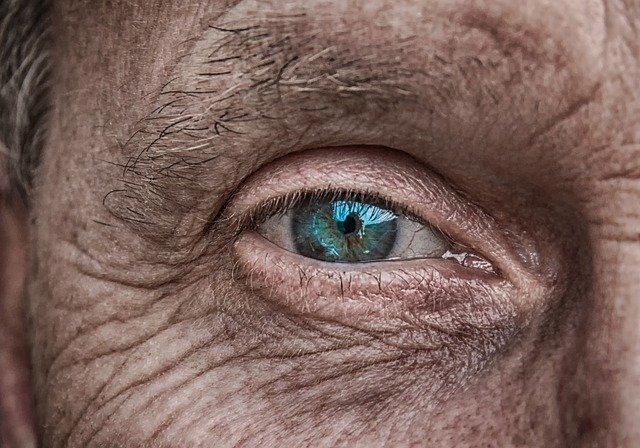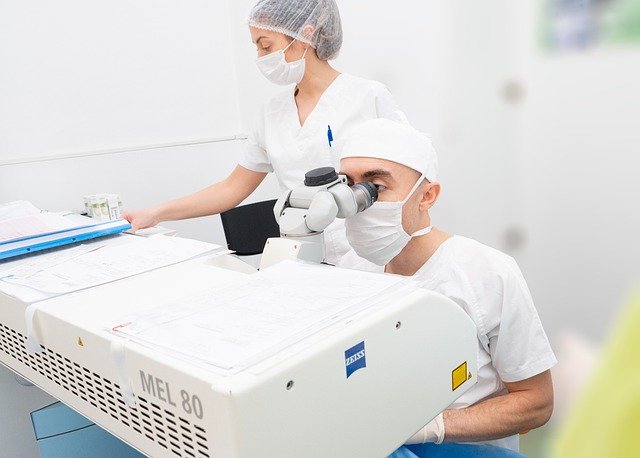
Introduction
11 Ways To Improve Your Skin Elasticity. Aging is inevitable, unless you have consumed some magical elixir of youth. Although sagging can’t be avoided completely, your skin’s ageing process can definitely be slowed down. Yes, you heard that right! As part of your natural aging process, the skin tends to sag when the elastin (a protein in your skin) breaks down. Fortunately, we have put together ways to control your skin elasticity, that may help.
What Is Skin Elasticity & Why Is It Important?
11 Ways To Improve Your Skin Elasticity. Skin elasticity is a property of your skin that lets it bounce back when stretched. But, think of it like a rubber band that stretches, but comes back to its original position. Consequently, elastin, a fibrous protein found in the dermal layer of your skin, is responsible for your skin’s elasticity. Furthermore, this is what keeps your skin firm, smooth and youthful. So then, depletion of elastin leads to signs of aging like sagging, fine lines and wrinkles.
Which Layer Of Skin Is Responsible For Elasticity?
11 Ways To Improve Your Skin Elasticity. The dermal layer of your skin is further divided into papillary dermis and reticular dermis. Reticular dermis contains dense fibres of collagen and elastin. This layer is responsible for maintaining skin elasticity. Besides these fibrous proteins, this layer is also composed of sweat glands, sebaceous glands and hair follicles.
What Causes Loss Of Skin Elasticity?
Loss of skin elasticity is called elastosis. Some factors that lead to elastosis are:
- Sun exposure
- Aging
- Pollution
- Improper diet
- Smoking
How To Improve Skin Elasticity
1. Retinol And Retinoids
11 Ways To Improve Your Skin Elasticity. Retinol and retinoids are derivatives of vitamin A and important ingredients in anti-aging skin care. Also, they are usually available in topical skin care products like serums and creams. So then, this is because they boost collagen and elastin levels in your skin, besides helping with skin cell turnover.
2. Hyaluronic Acid
Hyaluronic acid is naturally found in the skin and has water retaining ability. But with age, it gets depleted. And this leads to dry, ageing and sagging skin. This is why you need oral or topical hyaluronic acid to help restore your skin’s elasticity.
3. Laser Treatments
Laser therapy involves the use of light to treat many dermatologic conditions. So then, studies have shown that a combination of non-ablative fractional laser (NAFL) and intense pulsed light therapy (IPL). Consequently, has helped improve elasticity in a group of people
4. Chemical Peels
Chemical peeling is an in-office treatment that uses chemicals like glycolic acid or lactic acid for skin resurfacing. In addition, this procedure is effective in boosting skin elasticity and collagen production. They are also effective against photoaging.
5. Body-Contouring Surgery
When your body gains weight and loses it eventually, your skin may not be as elastic as before. This is why several people opt for body-contouring surgery. It involves the removal of skin surgically in certain areas of your body. Areas like arms, tummy and thighs to resurface healthier skin.
6. Vitamins For Skin Elasticity

While external factors certainly help, they might not give you long-term results. Without your daily dose of vitamin A, vitamin C and vitamin E. These vitamins, present in several foods, are known to improve skin elasticity. But, in case you plan to turn to vitamin supplements, consult your doctor first.
7. Supplements For Skin Elasticity
Collagen, zinc, coenzyme Q10 and peptides are some of the supplements that you may want to consider for skin elasticity. However your body is unable to make all these essential nutrients and trace elements as you age. Hence, you may need them in the form of supplements.
8. Foods For Skin Elasticity

Eating foods like greens, fatty fish, citrus fruits, broccoli, almonds and walnuts can replenish elastin in your skin. Furthermore, these foods are known to work from within to improve your skin’s health. So, don’t forget antioxidant foods like green tea and berries as well.
9. Herbs For Skin Elasticity
Herbs like aloe vera, cucumber, green tea, amla, ginseng and cinnamon help in boosting skin elastin. Also, areca nut palm is also believed to have an excellent anti-elastase (a pancreatic enzyme that breaks down elastin) activity.
10. Exercise For Skin Elasticity
Doing exercise improves the metabolism of your skin cells and makes you look younger. Also it boosts blood circulation and helps in keeping the skin firm. Whether you like walking, cycling, running or swimming, spare a few minutes in the day for healthy skin and a healthy body.
11. Gelatin / Collagen
Collagen is another fibrous protein found in the skin that keeps your skin’s elasticity intact. And collagen supplements and collagen drinks are available in the market, which can restore skin elasticity. Hence, gelatin is a dietary source of collagen. However, there isn’t enough evidence to prove collagen’s ability in replenishing skin’s elasticity.
How To Prevent Your Skin From Losing Elasticity?
1. Sunscreen
UV rays from the sun break down the elastin in the dermis of your skin, thus causing wrinkles, sagging and fine lines. It is crucial to use a broad spectrum sunscreen to protect your skin from photodamage. You can choose from a wide range of physical or chemical sunscreens available in the market today.
2. Quit Smoking
Smoking triggers free radicals in your body, accelerating aging and elastosis. Free radicals are atoms or molecules that contain unpaired electrons. In their quest for an electron, they often end up damaging your cells. Quit smoking and see how your skin transforms for the better.
3. Skin Care Routine
You may be pushing away the basics of skincare like cleansing and moisturizing. But bear in mind that these basics can go a long way in maintaining youthful and elastic skin. Never skip cleansing, moisturizing and sunscreen while addressing your skin issues. So then, men typically poo poo this as feminine, don’t it is just as relevant for men as women
4. Adequate Sleep
It is during your sleep that your body and skin repair themselves. The production of skin proteins like collagen and elastin speed up in your sleep. Lack of sleep can affect this process and the hydration levels in your skin. Make sure you get 6-8 hours of sleep every night.
How Do You Know If You Have Good Skin Elasticity?
Skin elasticity can be checked with a simple examination called the Snap Test. With your forefinger and thumb, pinch your under-eye skin. If it snaps back quickly, it indicates good elasticity. If it takes time to get back to its original position, it indicates low skin elasticity.
At What Age Do You Lose Elasticity In Your Skin?
Your skin starts losing elasticity when you reach your 30s and 40s. Fine lines are the first signs of aging. They appear around your eyes and mouth as the skin here is delicate as compared to the skin on other parts of your body.
How To Improve Skin Elasticity After Menopause?
Menopause causes hormonal changes in your body and can affect your skin’s elasticity. You can improve it and slow your skin’s aging process post menopause by following a good diet, exercising regularly and consuming vitamin E supplements.
How To Improve Skin Elasticity After Weight Loss/Liposuction?
The weight loss procedures leave behind a lot of excess dead skin cells in your body. Increasing your intake of water can help as water makes it easier for healthy skin to spring back to the surface. Exercise can also boost elastin production and help firm skin to resurface.
How Long Does It Take For Skin To Regain Elasticity Once Lost?
Skin can return to its original state of elasticity in about two years. But all the above steps can speed up this process. In case you are trying to lose weight, take it slow. Lose weight at a healthy pace, so you never have to worry about non-elastic skin.
In Conclusion
Your skin is the biggest organ in your body and a very important one. So then I hope that these 11 ways will make it to your to-do list of skincare practices. Following these steps along with maintaining a healthy lifestyle together, will help you fight signs of aging and achieve firmer skin.#
Important Note *
Remember that everyone is different, and it is ultimately YOUR RESPONSIBILITY to find what your body responds to. So please do your due diligence before trying anything new, including getting Medical Advice to ensure your safety and peace of mind.
Connect with me and leave a comment or two on my social media.







2 replies on “11 Ways To Improve Your Skin Elasticity”
Very interesting article. It is something we want to avoid in our old age.
Hi Luz Elena, I am happy that you found the article on improving skin elasticity, it really is a big problem for many older adults, but can be improved with some effort and a little knowledge, thank you for taking the time to comment it, is appreciated. All the very best Ian